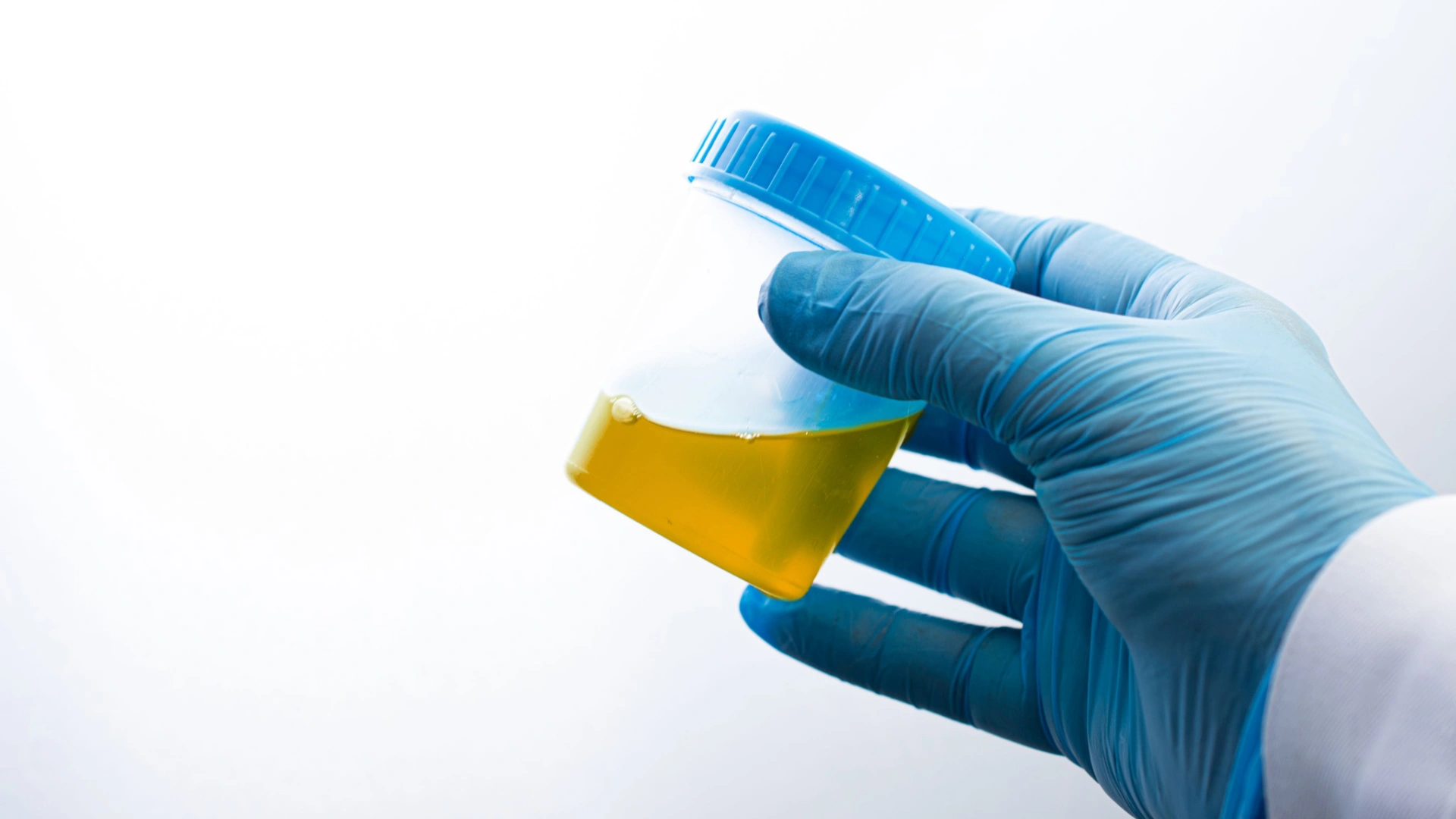In the domain of drug testing, the stakes are high, and the methods are rigorous. Whether it’s for pre-business screening or probation monitoring, the scrutiny of drug tests can pose significant challenges for individuals with substance use histories. Enter artificial urine, a discreet yet controversial solution that offers an opportunity to bypass recognition.
The Rise of Synthetic Urine:
Synthetic urine, a replica of real urine, has gained popularity among those attempting to evade drug tests. At first, it was created for the alignment of laboratory gear and clinical research, but its application has expanded to assist individuals in bypassing the scrutiny of drug testing procedures. With advancements in definition and bundling, synthetic urine has become increasingly sophisticated, reflecting the biochemical composition and physical characteristics of normal urine.
Mimicking Nature’s Blueprint:

One of the fundamental aspects of synthetic urine’s effectiveness lies in its ability to reproduce the mind-boggling composition of genuine urine. By cautiously mixing water, urea, creatinine, and other natural compounds, synthetic urine closely mirrors the cosmetics of its regular partner. Additives such as uric corrosive and adjusted pH levels improve its authenticity, ensuring it withstands meticulous laboratory scrutiny.
Stealth Strategies:
To avoid identification, synthetic urine users utilize various tactics to ensure their sample remains undetected. Warming pads and synthetic urine kits help keep up with the expected temperature, reducing suspicion. Some products also contain masking agents to kill indicators of alteration, further improving their stealth capabilities.
Navigating Risks and Caveats
While the best synthetic urine offers a potential workaround for drug tests, its use is not without risks. Identification methods continue to evolve, and laboratories use sophisticated techniques to reveal tainted samples. Quality and authenticity are vital, as subpar products or ill-advised handling might result in location and subsequent consequences.
Synthetic urine serves as a clandestine partner for individuals navigating the hurdles of drug testing. By reflecting the biochemical properties of regular urine and utilizing stealth tactics, it provides an incognito strategy to outsmart identification methods. In any case, users must exercise alertness and ensure the quality and authenticity of the item to moderate the risks.. As the wait-and-see game among testers and test-takers continues, synthetic urine remains a discreet yet contentious tool in the domain of drug testing evasion.























